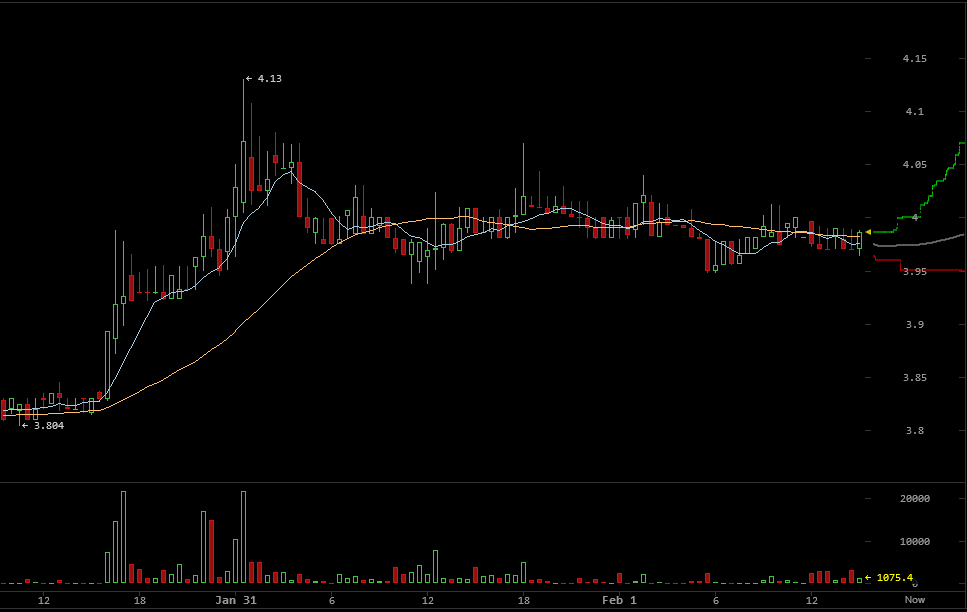No Primary Litecoin Pool Will Upgrade to Segwit, Says LTC1BTC’s Founder

Jiang Zhuoer, the founder of LTC1BTC, a Litecoin pool that currently controls around 12% of the network, told CCN.com in an interview that his pool won’t upgrade to soft fork segwit, nor will any primary Litecoin pool, adding that he has contacted them.
Litecoin is meant to begin the Segwit soft fork activation process in just under two days, but miners can already signal their support, with only two pools doing so far, Batpool and Litecoinpool.org, which in combination control around 18% of the network.
F2Pool has the vast majority of the hashrate, currently standing at 46%. As such, their decision, either to upgrade or otherwise, might be conclusive. We have reached out for comments, but have not received a response in time for publishing.
A representative from BW.com, a Litecoin pool that currently controls around 8% of the network’s hashrate, told CCN.com that they are currently on holiday and need to discuss the matter with the pool’s tech team as well as miners. “It needs a period of time.” – he says.
It is not, therefore clear, whether Litecoin will upgrade to Segwit, which appears to be very similar to bitcoin’s segwit that has stalled in adoption. The only difference seems to be a 75% threshold level, rather than 95%, but the rest seems identical.
It includes an increase of transaction capacity by 70% “if all wallets switch to using segwit,” according to the segwit client release statement and further implements the 1:4 ratio, which some have suggested gives signature heavy transactions a 75% discount as well as other features, such as fixing transaction malleability.
The upgrade is desirable for the implementation of the Lightning Network, but it has been a controversial proposal in bitcoin for numerous reasons, including suggestions that it makes further on-chain transaction capacity increases more difficult.
However, in Litecoin’s subreddit page the upgrade appears popular, with a price considerably increasing on January the 30th following suggestions that segwit’s activation process was to begin.

Price retraced after Charlie Lee, Litecoin’s founder, stated that “Litecoinblockhalf got the SegWit signaling start wrong.” That was apparently due to an error in how retargeting was calculated.
When suggestions to introduce segwit to Litecoin were first made last year, some of the community appeared to be against it, but Lee has strongly supported segwit, publicly stating:
“The main fix is transaction malleability, which would allow Lightning Networks (LN) to be built on top of Litecoin. And there are a bunch more nice features of SegWit.” He further added that “with SegWit and Bitcoin’s current block scaling deadlock, I see a potential for Litecoin to help Bitcoin break through this deadlock… We have been drafting behind the Bitcoin race car for many years. It’s about time to take a turn out front.”
The Litecoin blockchain is barely used, with blocks usually less than ten kilobytes. It currently has 100x or more space available every 2.5 minutes, but Lee publicly says that “block scaling is just a side benefit of SegWit.” On the other hand, Zhuoer, in the context of bitcoin, has publicly stated that segwit is too complex:
“Why do the Bitcoin Core developers say that “the Segwit soft fork basically fixes every line of Bitcoin’s code”?” – he rhetorically asks before adding: “As the complexity of a system increases, it follows that the stability of that system must decrease.”
Litecoin is the first altcoin. It was created in 2011 as a backup to bitcoin, marketed at the time as the silver to bitcoin’s gold. It long stood as number 2 in market cap, but recently has faced fierce competition, especially from Ethereum and Monero. Nonetheless, it continues to have a slightly more than $200 million market cap as the currency seemingly remains somewhat popular in China.
Image from Shutterstock.